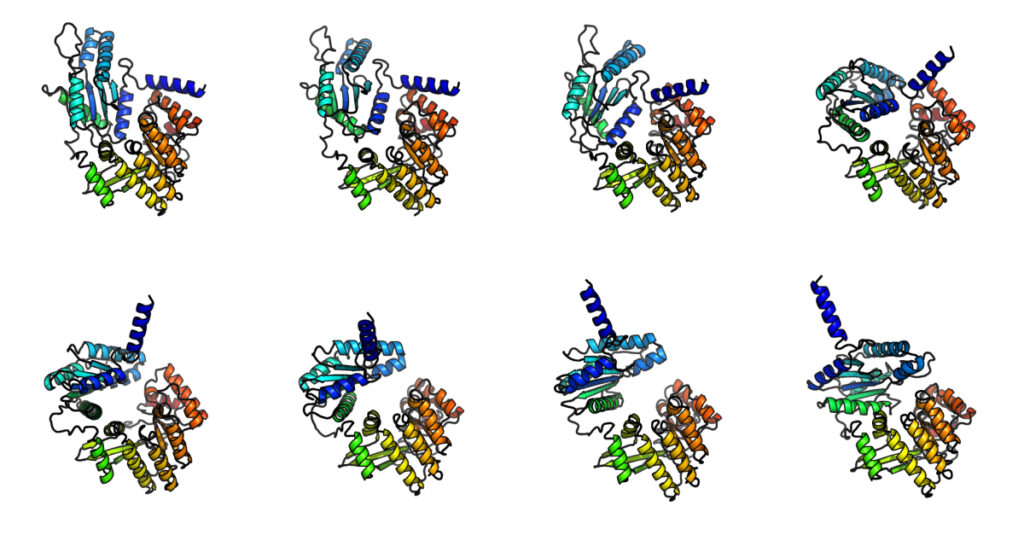March 4, 2025
Optimizing LLM Test-Time Compute Involves Solving a Meta-RL Problem – Machine Learning Blog | ML@CMU
Figure 1: Training models to optimize test-time compute and learn “how to discover” correct responses, as opposed to the traditional learning paradigm of learning “what answer” to output. The major strategy to improve large language models (LLMs) thus far has been to use more and more high-quality data for supervised fine-tuning (SFT) or reinforcement learning (RL). Unfortunately, it seems this form of scaling will soon hit a wall, with the scaling laws for pre-training plateauing, and with reports that high-quality text data for training maybe exhausted by 2028, particularly for more difficult tasks, like solving reasoning problems which seems to



